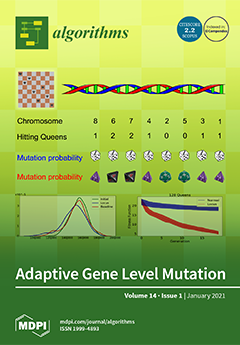Consider a communication network represented by a directed graph
of
n nodes and
m edges. Assume that edges in
E are partitioned into two sets: a set
C of edges with a fixed non-negative real cost, and a set
P of edges whose costs are instead priced by a
leader. This is done with the final intent of
maximizing a revenue that will be returned for their use by a
follower, whose goal in turn is to select for his communication purposes a subnetwork of
Gminimizing a given objective function of the edge costs. In this paper, we study the natural setting in which the follower computes a
single-source shortest paths tree of
G, and then returns to the leader a payment equal to the
sum of the selected priceable edges. Thus, the problem can be modeled as a one-round two-player
Stackelberg Network Pricing Game, but with the novelty that the objective functions of the two players are
asymmetric, in that the revenue returned to the leader for any of her selected edges is not equal to the cost of such an edge in the follower’s solution. As is shown, for any
and unless
, the leader’s problem of finding an optimal pricing is not approximable within
, while, if
G is unweighted and the leader can only decide which of her edges enter in the solution, then the problem is not approximable within
. On the positive side, we devise a
strongly polynomial-time
-approximation algorithm, which favorably compares against the classic approach based on a
single-price algorithm. Finally, motivated by practical applications, we consider the special cases in which edges in
C are unweighted and happen to form two popular network topologies, namely
stars and
chains, and we provide a comprehensive characterization of their computational tractability.
Full article





